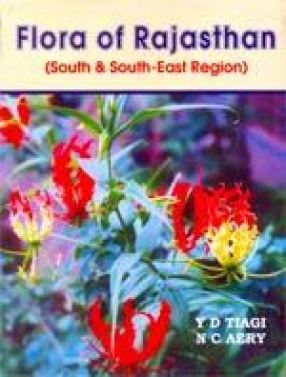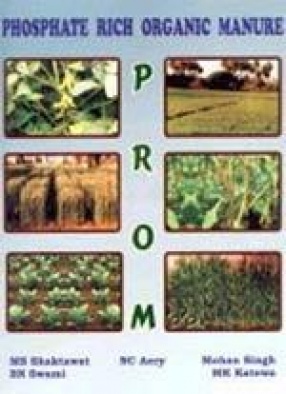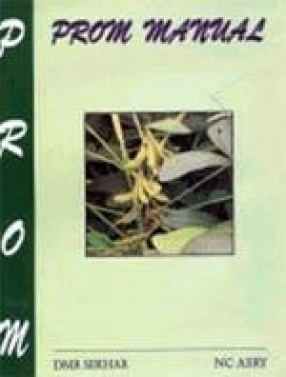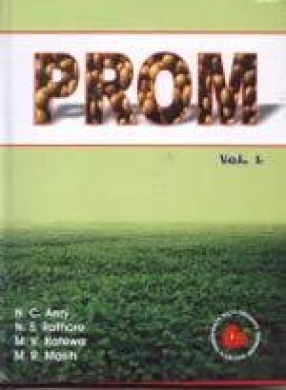Flora of Rajasthan: South and South-East Region
Though the North-western part of the state which includes the desert part has been thoroughly studied floristically, its South and South-eastern part has remained neglected and except for a few stray reports, no systematic work on the floristics of this comparatively moist and floristically rich part of the state has ever been attempted before. The treatise includes a systematic and up to date presentation of 1378 plant species (including cultivated as well as ornamental) covering 126 families growing in this part of Rajasthan (Mewar region). In the introductory chapter physiognomy, geology, surface configurations, the drainage system, soils, climate, rainfall, temperature and relative humidity of the study area has been described. Natural vegetation of Rajasthan as existed during the mid sixties and its classification has been provided. Some characteristic associations such as Flora of Ancient Monuments and walls, lithophytes, weeds, flora of wastelands, aquatic vegetation, specialized Angiosperms, cultivated plants, ornamentals, rare, vulnerable and endangered plants, exotic plants and sanctuaries have been described. Plan of preparation of the flora, abbreviations used and taxonomic terminology have been provided for the easy comprehension of the subject. The system of Bentham and Hooker has been followed except at certain places, where the circumscription of the families follows that of Hutchinson's "Families of Flowering Plants". Critical notes on the controversial taxa have been provided. Attempts have been made to give a common diagnostic identification key for wild as well as cultivated plants. The treatise also contains illustrations of some important plants as well as distributional maps of the plant communities and geographical maps of the area. It is hoped that the volume will be useful to the persons working in the field of taxonomy, Floristic, Agriculture, Forestry and Ethonobotany.
BECOME A MEMBER











Bibliographic information
N.C. Aery